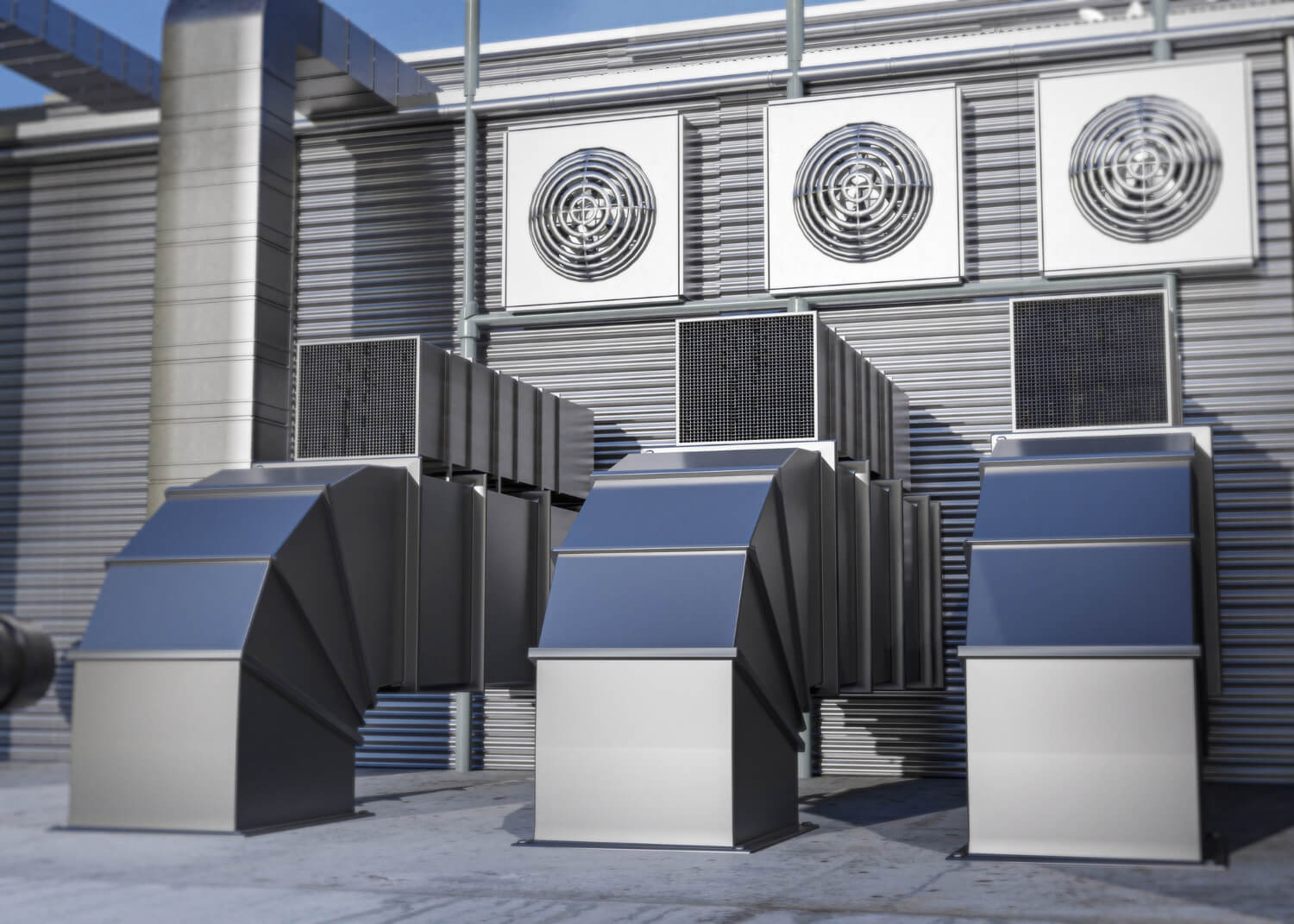
In the intricate web of large-scale commercial cooling, the unsung heroes are often the chillers—industrial workhorses that play a pivotal role in maintaining optimal temperatures within expansive spaces. This blog post aims to shed light on the indispensable role of chillers in large commercial cooling solutions. From their fundamental principles to the array of applications they support, we explore how chillers form the backbone of efficient and scalable cooling for commercial buildings.
Foundations of Chiller Technology
At the core of large-scale commercial cooling systems, chillers operate on the principle of removing heat from a space. Using a refrigeration cycle, they absorb heat from indoor environments and release it outside, ensuring a controlled and comfortable temperature within commercial structures.
Types of Chillers
Chillers come in various types, each tailored to specific cooling requirements. Air-cooled chillers dissipate heat into the air, while water-cooled chillers transfer heat to a water source. Additionally, absorption chillers use heat energy, making them suitable for diverse applications. The choice of chiller type depends on factors such as space constraints, efficiency goals, and environmental considerations.
Centralized Cooling for Large Spaces
In large commercial buildings with extensive cooling demands, centralized systems featuring chillers take center stage. These systems efficiently cool air or water, which is then circulated through the building via a network of ducts or pipes. Centralized cooling ensures uniform temperature distribution, catering to the diverse needs of multifunctional spaces.
Precision Cooling for Sensitive Environments
Certain commercial environments, such as data centers or laboratories, demand precision cooling to maintain specific temperature and humidity levels. Chillers, with their ability to provide precise control over cooling parameters, are instrumental in creating stable and controlled conditions essential for the optimal functioning of sensitive equipment.
Scalability for Evolving Spaces
The scalability of chillers is a key attribute in the realm of large-scale commercial cooling. As businesses expand or renovate spaces, chillers can be scaled up or down to accommodate changing cooling needs. This flexibility ensures that the cooling infrastructure aligns seamlessly with the evolving dynamics of commercial environments.
Energy-Efficient Chillers for Sustainability
In an era where sustainability is a paramount consideration, energy-efficient chillers are gaining prominence. Modern chillers employ advanced technologies, such as variable speed drives and high-efficiency components, to optimize energy consumption. This not only reduces operational costs but also aligns with environmental goals.
Integration with Building Automation Systems (BAS)
Chillers play a crucial role in integrated building management through their seamless integration with Building Automation Systems (BAS). This synergy allows for coordinated control, monitoring, and optimization of cooling systems, contributing to overall energy efficiency and operational effectiveness.
District Cooling Systems
In urban environments with multiple commercial structures, district cooling systems leverage the efficiency of chillers on a larger scale. These systems centralize cooling production, distributing chilled water to various buildings. The collaborative use of chillers enhances overall energy efficiency and reduces the environmental impact of individual cooling units.
Maintenance for Longevity
Regular maintenance is essential to ensure the longevity and optimal performance of chillers. Scheduled inspections, cleaning, and proactive repairs prevent issues that could lead to downtime and increased operational costs. A well-maintained chiller is a reliable asset in the continuous quest for efficient large-scale commercial cooling.
Adaptability to Diverse Applications
Chillers are versatile in their applications, extending beyond traditional cooling for office spaces. They find use in diverse environments, from manufacturing facilities to healthcare institutions, where tailored cooling solutions are essential. This adaptability underscores the indispensable nature of chillers in large-scale commercial cooling.
Conclusion
Chillers stand as stalwart contributors to large-scale commercial cooling solutions, facilitating comfort, precision, and sustainability. Whether centralizing cooling for expansive structures or ensuring precision in sensitive environments, chillers play a vital role in the intricate tapestry of commercial building management. Recognizing and harnessing the capabilities of chillers is not only a strategic investment in efficient cooling but also a cornerstone for businesses aspiring to create optimal, adaptable, and sustainable environments.